Heeramandi, Sanjay Leela Bhansali's magnum opus about Lahore's tawaifs, is entertaining cringe
Creator: Sanjay Leela Bhansali
Cast: Manisha Koirala, Sonakshi Sinha, Aditi Rao Hydari, Sharmin Sehgal, Sanjeeda Sheikh, Richa Chadha, Shekhar Suman, Adhyayan Suman, Taha Shah Badussha
Where to watch: Netflix
Rating: 2.5 stars
Heeramandi, Sanjay Leela Bhansali’s first offering on streaming, is like a drug. It hits you hard and pulls you in but whether the ‘trip’ you go on is good or bad is quite subjective. It is entertaining, no doubt, but in such an over-the-top way that belongs to 70s’ cinema more than it does to 2023’s web series. The sets are grand, the music melodious, and the actors adorned in dazzling jewels, like they are in any Bhasali production. But beneath it all, the narrative is hollow, decadent, and misogynistic in a way where it derives perverse pleasure of suffering.
Heeramandi tells a fictional tale of the tawaifs (courtesans) of Heeramandi, the famous pleasure district of Lahore, where Mallikajaan (Manisha Koirala) reigns supreme. Her pat catches up to her as her niece Fareedan (Sonkashi Sinha) returns to lay claim to the ‘throne’ of Heeramandi. Elsewhere, Mallika’s daughter Alam (Sharmin Sehgal) finds love with a Nawab’s son and chaos ensues in this Game of Thrones-meets-Umrao Jaan saga.
Bhansali has envisioned Heeramandi as a struggle for power and love, interspersing it with the actual freedom struggle of India. The show is set in the 1940s, at the height of the Quit India movement. The courtesans are fighting for their freedom, both from societal oppressions and the British Raj. The parallels of freedom are for all to see, and in typical Bhansali fashion, delivered in prose and poetry both.

Sonakshi Sinha delivers a fine performance in Heeramandi
Where Heeramandi lost me was in its exuberance. The show is signature Bhansali, but leaning more towards Ram Leela than Devdas, when it comes to subtlety. The latter had some finesse about it, with more nazaqat (tenderness), while the latter was brash ad over-the-top. Heeramandi, strangely, is tender yet over-the-top with the usual cliches and stereotypes about Muslims galore.
The aesthetics carry the show. The sets are grand and immersive, and the visuals, frames, and colours are other-worldly. Bhansali is a master of world-building and he brings his best here. He takes you inside this strange new world and makes you familiar with it in no time. The contrast of lighting between the dim kothas of the tawaifs and the brightly-lit havelis of the nawabs emphasise the difference in the social stature.
But the narrative takes away the sheen from the presentation. Heeramandi reduces its characters to caricatures. Everyone is trying way too hard to be noticed and some are not trying enough (here’s looking at you Sharmin). The dialoguebaazi gets too repetitive, too soon. The love track between Tajdar and Alam is supposed to be the rooh (soul) of Heeramandi but lacks any semblance of a chemistry. The freedom struggle narrative looks shoehorned and lacks the thrill it needed. The show truly comes alive when the women – particularly Manisha Koirala and Sonakshi Sinha – are scheming against one another. Their power struggle and virtual game of chess are the only thing that make Heeramandi watchable.
The two actresses deliver fine performances too. Manisha, particularly, aces the complex role of Mallikajaan even when the script hardly does her character justice. Sonakshi, too, does well when her character is being malicious. But the moment Fareedan becomes ‘nice’, the actress looks like a fish out of water. For me, the best thing in Heeramandi was Richa Chadha, who plays the anti-Devdas, a courtesan drinking herself to death because of a nawab. The actress brings in just the right amount of tragedy and melancholy to the screen.
Aditi Rao Hydari hams in places I did not know there was any possibility of hamming, while the less I say about Sharmin Sehgal's poker face delivery the better it is. Sanjeeda Sheikh manages to bring some delight in her semi-evil ways but in the end, her character remains one-dimensional. Of the men, Taha Shah Badussha has the most screen time and he justifies his presence for the most part. Among the others, Fardeen Khan, Adhyayan Suman, and Shekhar Suman had little to do apart from showing off their Urdu diction, which is a shame because usually, long-form content relies on character development for even the support cast.

Heeramandi marks Fardeen Khan's (pictured here with Aditi Rao Hydari) return to screen after 14 years
For a man who presents so many female characters so beautifully, Bhansali time and again snatches their agency so brutally that one can’t but feel sorry for his women. In this story too, the director presents his tawaifs’ sufferings in a rather perverse manner, where their pain, tears, and heartbreaks are embellished for entertainment. Despite being told from a woman’s point of view, Heeramandi lacks the female gaze and sensitivity it needed. Case in point – one scene of a character heading into a gangrape as some brave form of sacrifice. If that is Bhansali’s idea of giving women their agency, it is a deeply flawed one.
But despite this, Heeramandi remains entertaining for the most part. Partly because it is an interesting story, even if one badly told. It gets cringey, it gets loud, but it is also engaging (before subtlety goes out the window in that bizarre final sequence set to a poor man’s version of Hum Dekhenge). And that’s what Heeramandi ends up becoming – a poor man’s version of Pakeezah + Bazaar, with several problematic themes being hidden by its glitzy outer shell.
![submenu-img]() House of the Dragon season 2 trailer: Rhaenyra wages an unwinnable war against Aegon, Dance of the Dragons begins
House of the Dragon season 2 trailer: Rhaenyra wages an unwinnable war against Aegon, Dance of the Dragons begins![submenu-img]() Panchayat season 3 trailer: Jitendra Kumar returns as sachiv, Neena, Raghubir get embroiled in new political tussle
Panchayat season 3 trailer: Jitendra Kumar returns as sachiv, Neena, Raghubir get embroiled in new political tussle![submenu-img]() Apple partners up with Google against unwanted tracker, users will be alerted if…
Apple partners up with Google against unwanted tracker, users will be alerted if…![submenu-img]() Meet actress whose debut film was superhit, got married at peak of career, was left heartbroken, quit acting due to..
Meet actress whose debut film was superhit, got married at peak of career, was left heartbroken, quit acting due to..![submenu-img]() Who is the real owner of Delhi's Connaught Place and who collects rent from here?
Who is the real owner of Delhi's Connaught Place and who collects rent from here?![submenu-img]() Meet man who is 47, aspires to crack UPSC, has taken 73 Prelims, 43 Mains, Vikas Divyakirti is his...
Meet man who is 47, aspires to crack UPSC, has taken 73 Prelims, 43 Mains, Vikas Divyakirti is his...![submenu-img]() IIT graduate gets job with Rs 100 crore salary package, fired within a year, he is now working as…
IIT graduate gets job with Rs 100 crore salary package, fired within a year, he is now working as…![submenu-img]() Goa Board SSC Result 2024: GBSHSE Class 10 results to be out today; check time, direct link here
Goa Board SSC Result 2024: GBSHSE Class 10 results to be out today; check time, direct link here![submenu-img]() CUET-UG 2024 scheduled for tomorrow postponed for Delhi centres; check new exam date here
CUET-UG 2024 scheduled for tomorrow postponed for Delhi centres; check new exam date here![submenu-img]() Meet man who lost eyesight at 8, bagged record-breaking job package at Microsoft, not from IIT, NIT, VIT, his salary is…
Meet man who lost eyesight at 8, bagged record-breaking job package at Microsoft, not from IIT, NIT, VIT, his salary is…![submenu-img]() DNA Verified: Is CAA an anti-Muslim law? Centre terms news report as 'misleading'
DNA Verified: Is CAA an anti-Muslim law? Centre terms news report as 'misleading'![submenu-img]() DNA Verified: Lok Sabha Elections 2024 to be held on April 19? Know truth behind viral message
DNA Verified: Lok Sabha Elections 2024 to be held on April 19? Know truth behind viral message![submenu-img]() DNA Verified: Modi govt giving students free laptops under 'One Student One Laptop' scheme? Know truth here
DNA Verified: Modi govt giving students free laptops under 'One Student One Laptop' scheme? Know truth here![submenu-img]() DNA Verified: Shah Rukh Khan denies reports of his role in release of India's naval officers from Qatar
DNA Verified: Shah Rukh Khan denies reports of his role in release of India's naval officers from Qatar![submenu-img]() DNA Verified: Is govt providing Rs 1.6 lakh benefit to girls under PM Ladli Laxmi Yojana? Know truth
DNA Verified: Is govt providing Rs 1.6 lakh benefit to girls under PM Ladli Laxmi Yojana? Know truth![submenu-img]() Ananya Panday stuns in unseen bikini pictures in first post amid breakup reports, fans call it 'Aditya Roy Kapur's loss'
Ananya Panday stuns in unseen bikini pictures in first post amid breakup reports, fans call it 'Aditya Roy Kapur's loss'![submenu-img]() Remember Harsh Lunia? Just Mohabbat child star, here's how former actor looks now, his wife is Bollywood's popular...
Remember Harsh Lunia? Just Mohabbat child star, here's how former actor looks now, his wife is Bollywood's popular...![submenu-img]() Mother's Day 2024: Bollywood supermoms who balance motherhood, acting, and run multi-crore businesses
Mother's Day 2024: Bollywood supermoms who balance motherhood, acting, and run multi-crore businesses![submenu-img]() Rocky Aur Rani's Golu aka Anjali Anand shocks fans with drastic weight loss without gym, says fitness secret is...
Rocky Aur Rani's Golu aka Anjali Anand shocks fans with drastic weight loss without gym, says fitness secret is...![submenu-img]() In pics: Ram Charan gets mobbed by fans during his visit to Pithapuram for ‘indirect campaign’ for uncle Pawan Kalyan
In pics: Ram Charan gets mobbed by fans during his visit to Pithapuram for ‘indirect campaign’ for uncle Pawan Kalyan![submenu-img]() Haryana Political Crisis: Will 3 independent MLAs support withdrawal impact the present Nayab Saini led-BJP government?
Haryana Political Crisis: Will 3 independent MLAs support withdrawal impact the present Nayab Saini led-BJP government?![submenu-img]() DNA Explainer: Why Harvey Weinstein's rape conviction was overturned, will beleaguered Hollywood mogul get out of jail?
DNA Explainer: Why Harvey Weinstein's rape conviction was overturned, will beleaguered Hollywood mogul get out of jail?![submenu-img]() What is inheritance tax?
What is inheritance tax?![submenu-img]() DNA Explainer: What is cloud seeding which is blamed for wreaking havoc in Dubai?
DNA Explainer: What is cloud seeding which is blamed for wreaking havoc in Dubai?![submenu-img]() DNA Explainer: What is Israel's Arrow-3 defence system used to intercept Iran's missile attack?
DNA Explainer: What is Israel's Arrow-3 defence system used to intercept Iran's missile attack?![submenu-img]() House of the Dragon season 2 trailer: Rhaenyra wages an unwinnable war against Aegon, Dance of the Dragons begins
House of the Dragon season 2 trailer: Rhaenyra wages an unwinnable war against Aegon, Dance of the Dragons begins![submenu-img]() Panchayat season 3 trailer: Jitendra Kumar returns as sachiv, Neena, Raghubir get embroiled in new political tussle
Panchayat season 3 trailer: Jitendra Kumar returns as sachiv, Neena, Raghubir get embroiled in new political tussle![submenu-img]() Meet actress whose debut film was superhit, got married at peak of career, was left heartbroken, quit acting due to..
Meet actress whose debut film was superhit, got married at peak of career, was left heartbroken, quit acting due to..![submenu-img]() 'Ek actress 9 log saath leke...': Farah Khan criticises entourage culture in Bollywood
'Ek actress 9 log saath leke...': Farah Khan criticises entourage culture in Bollywood![submenu-img]() Bollywood’s 1st multi-starrer had 8 stars, makers were told not to cast Kapoors; not Sholay, Nagin, Shaan, Jaani Dushman
Bollywood’s 1st multi-starrer had 8 stars, makers were told not to cast Kapoors; not Sholay, Nagin, Shaan, Jaani Dushman![submenu-img]() Who is the real owner of Delhi's Connaught Place and who collects rent from here?
Who is the real owner of Delhi's Connaught Place and who collects rent from here?![submenu-img]() Viral video: Chinese artist's flaming 'stairway to heaven' stuns internet, watch
Viral video: Chinese artist's flaming 'stairway to heaven' stuns internet, watch![submenu-img]() Video: White House plays 'Sare Jahan Se Achha Hindustan Hamara" at AANHPI heritage month celebration
Video: White House plays 'Sare Jahan Se Achha Hindustan Hamara" at AANHPI heritage month celebration![submenu-img]() Viral video: Bear rides motorcycle sidecar in Russia, internet is stunned
Viral video: Bear rides motorcycle sidecar in Russia, internet is stunned![submenu-img]() Driver caught on camera running over female toll plaza staff on Delhi-Meerut expressway, watch video
Driver caught on camera running over female toll plaza staff on Delhi-Meerut expressway, watch video

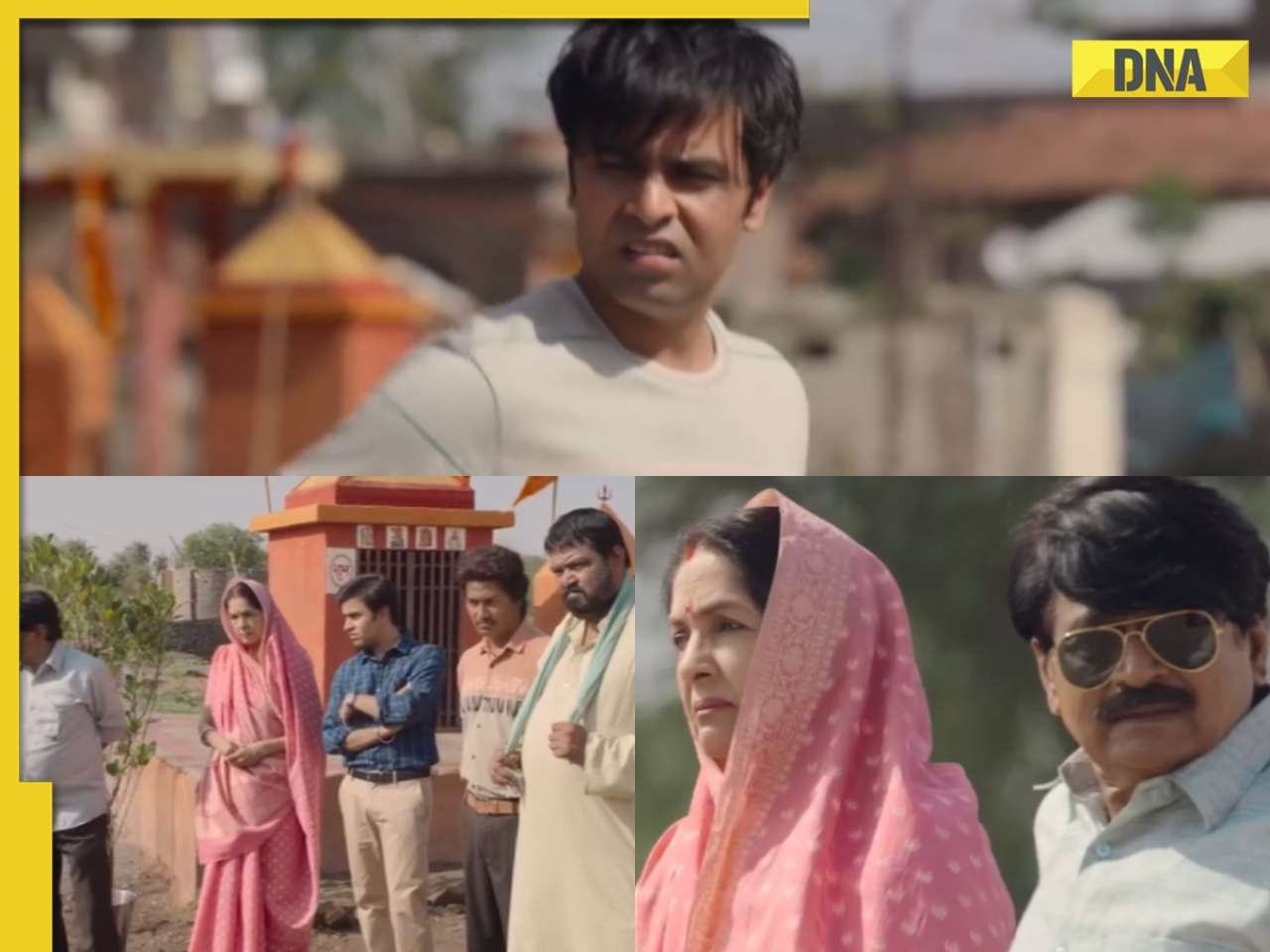



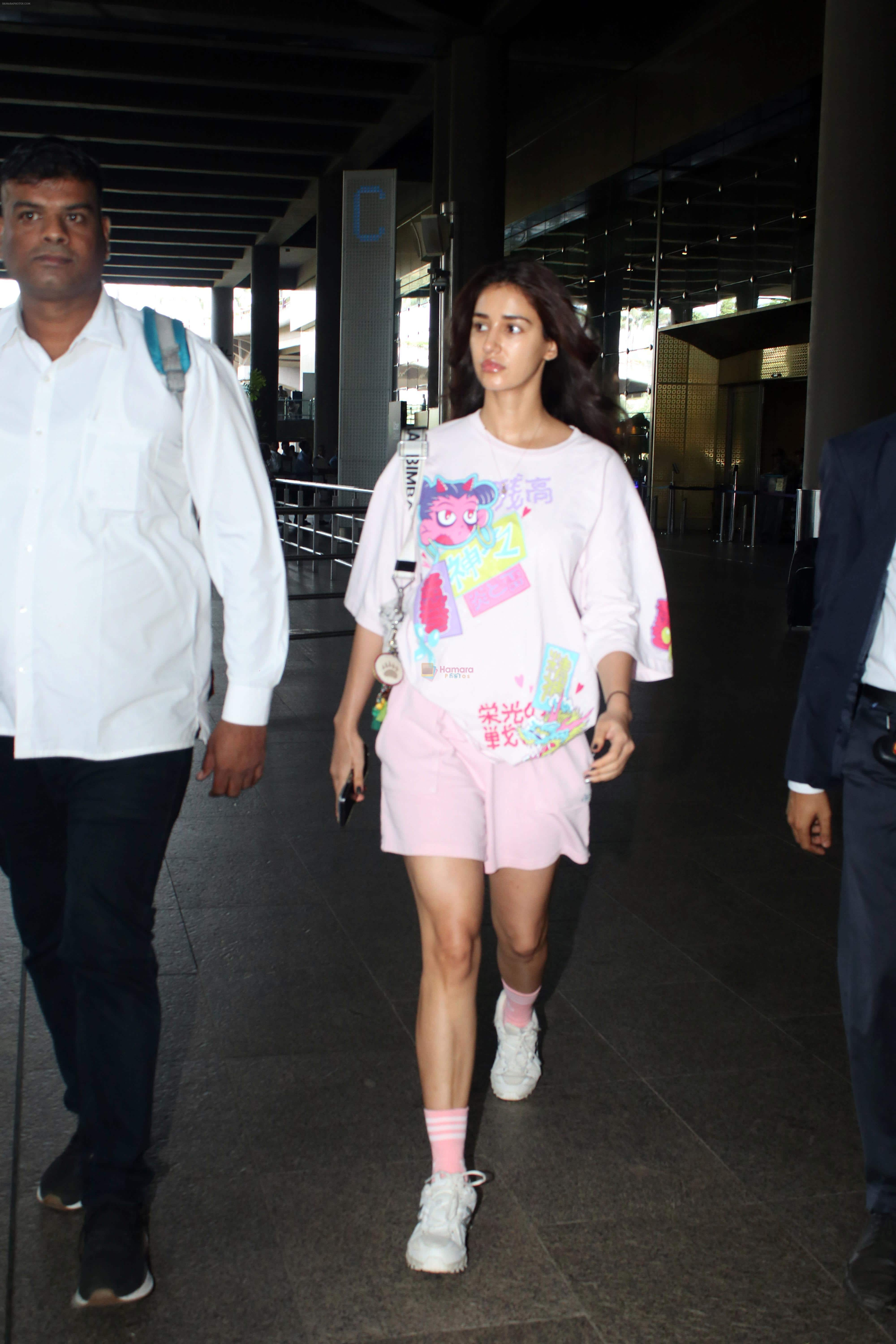






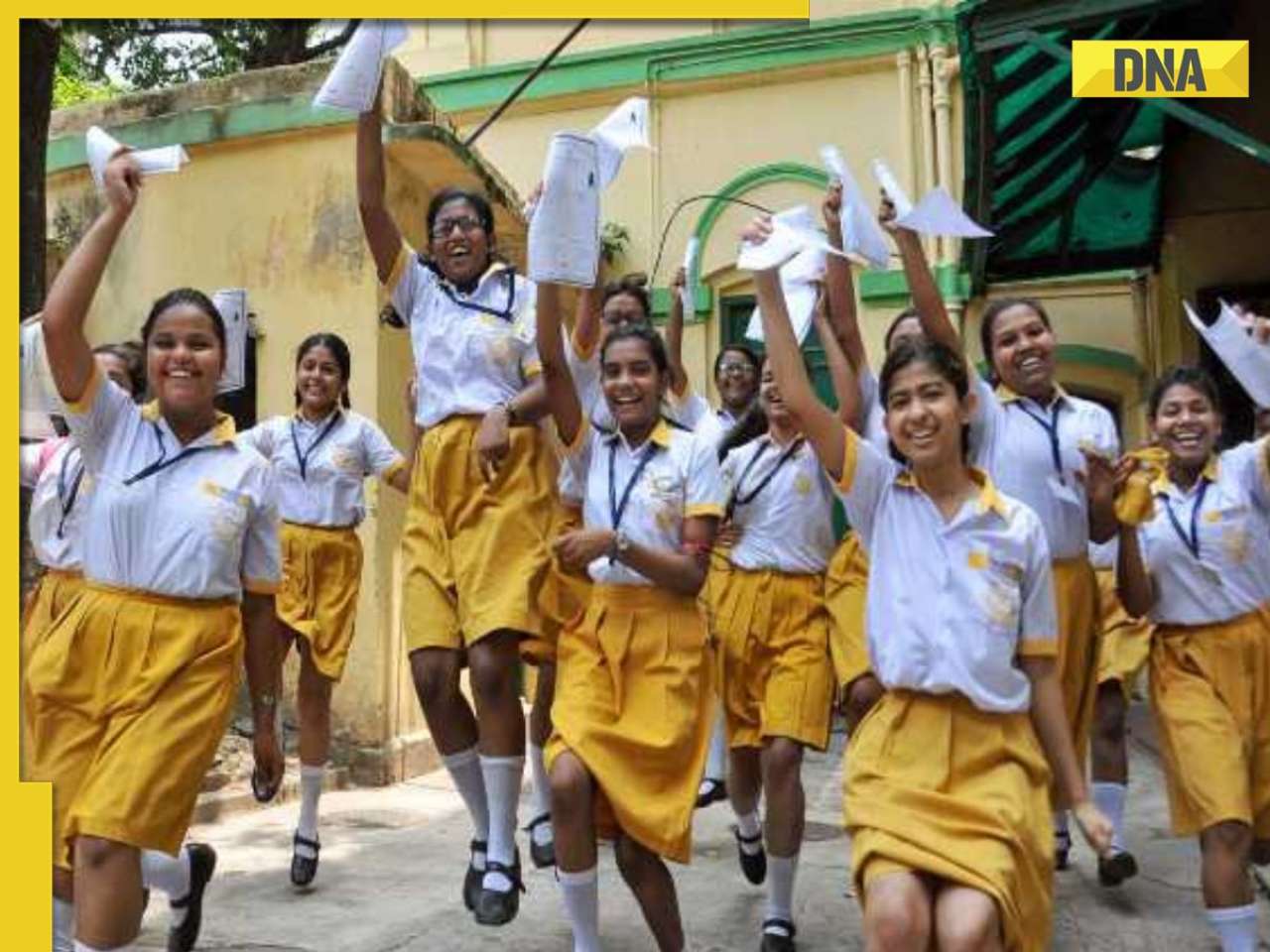

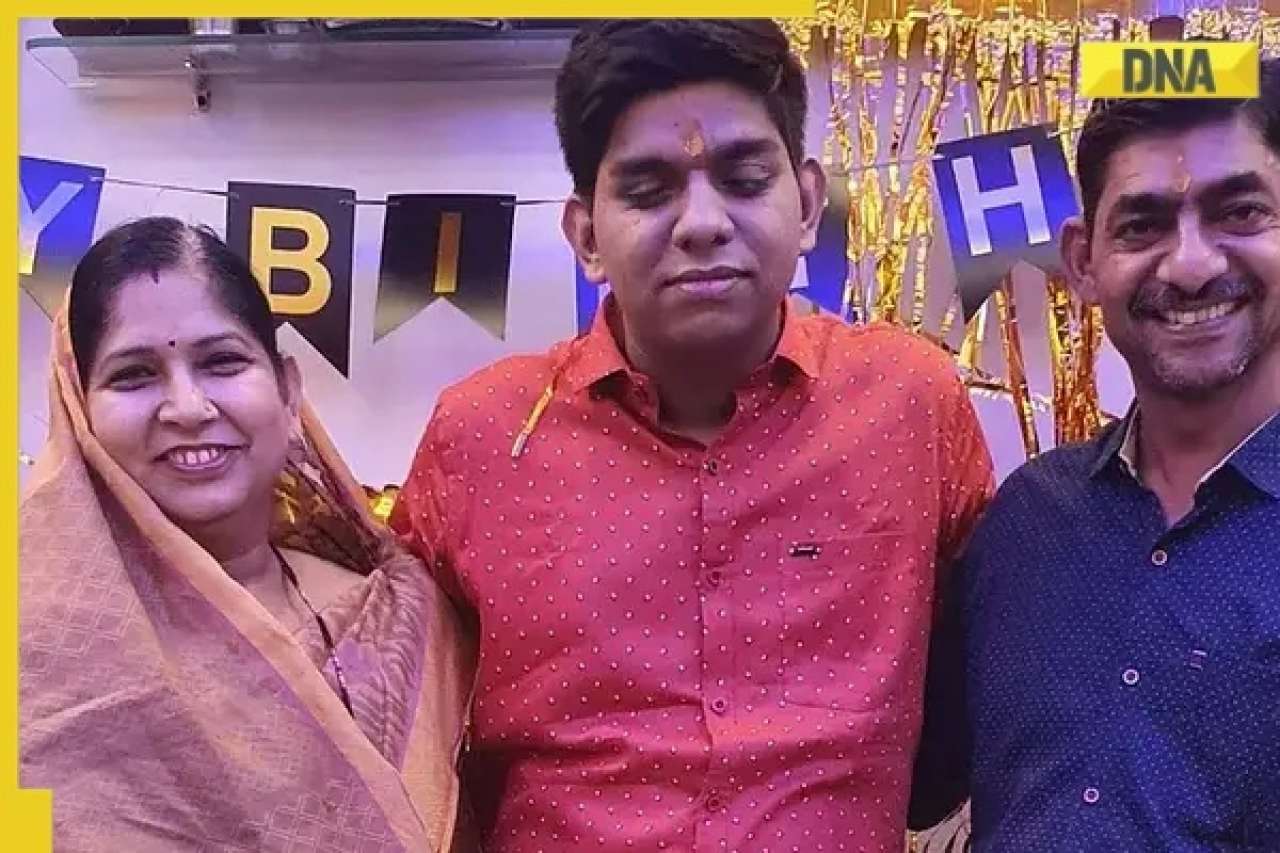















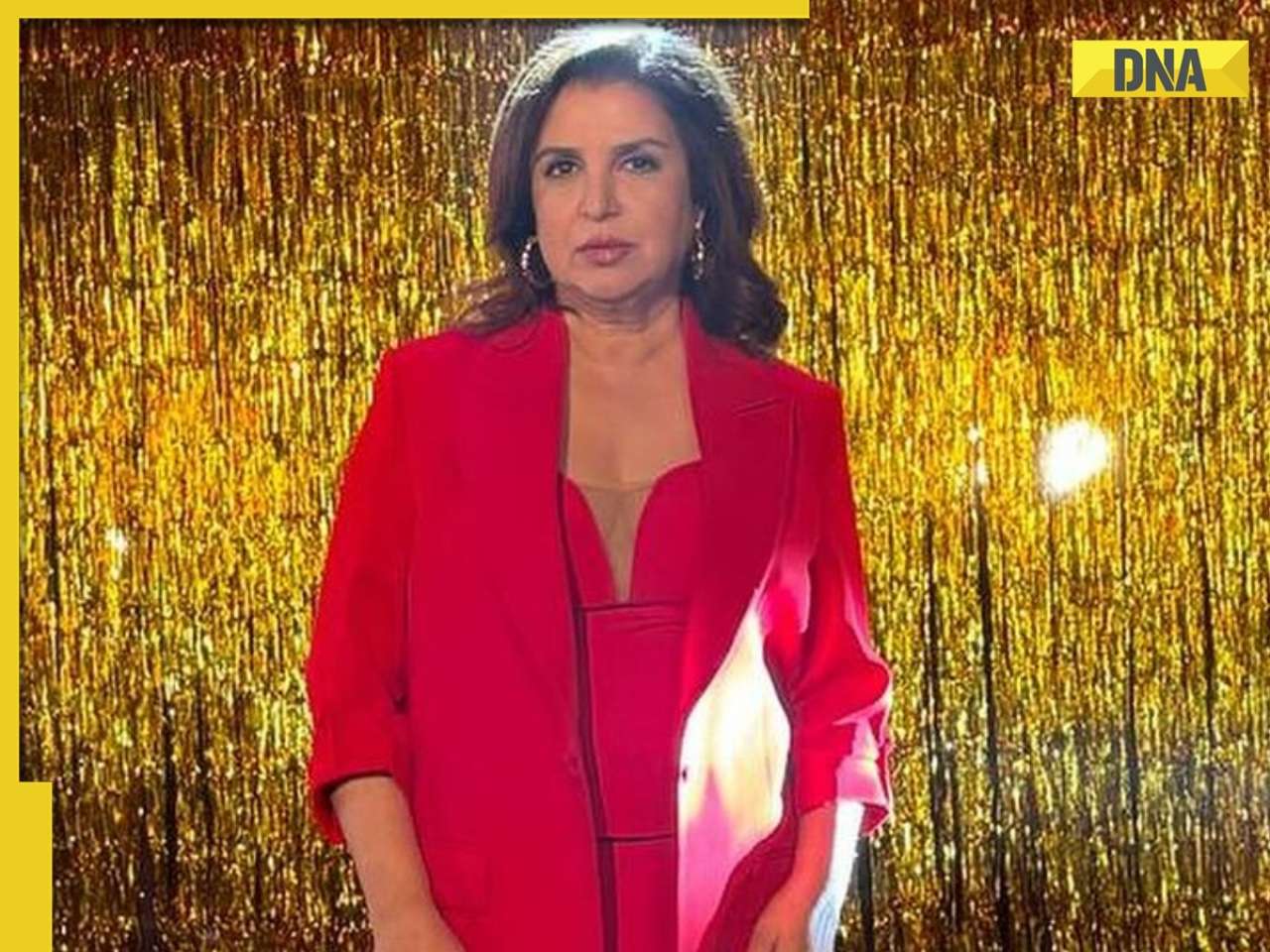
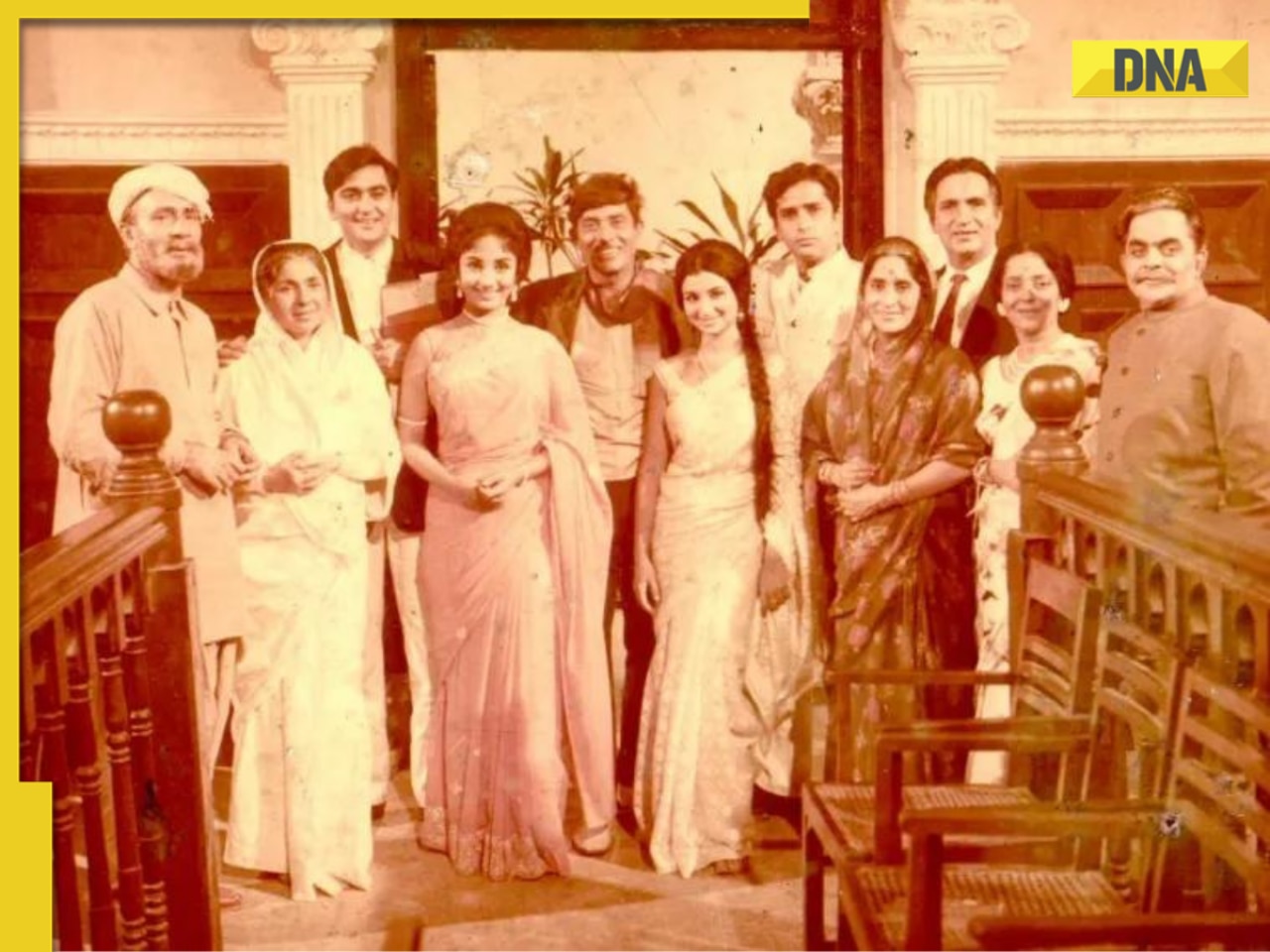
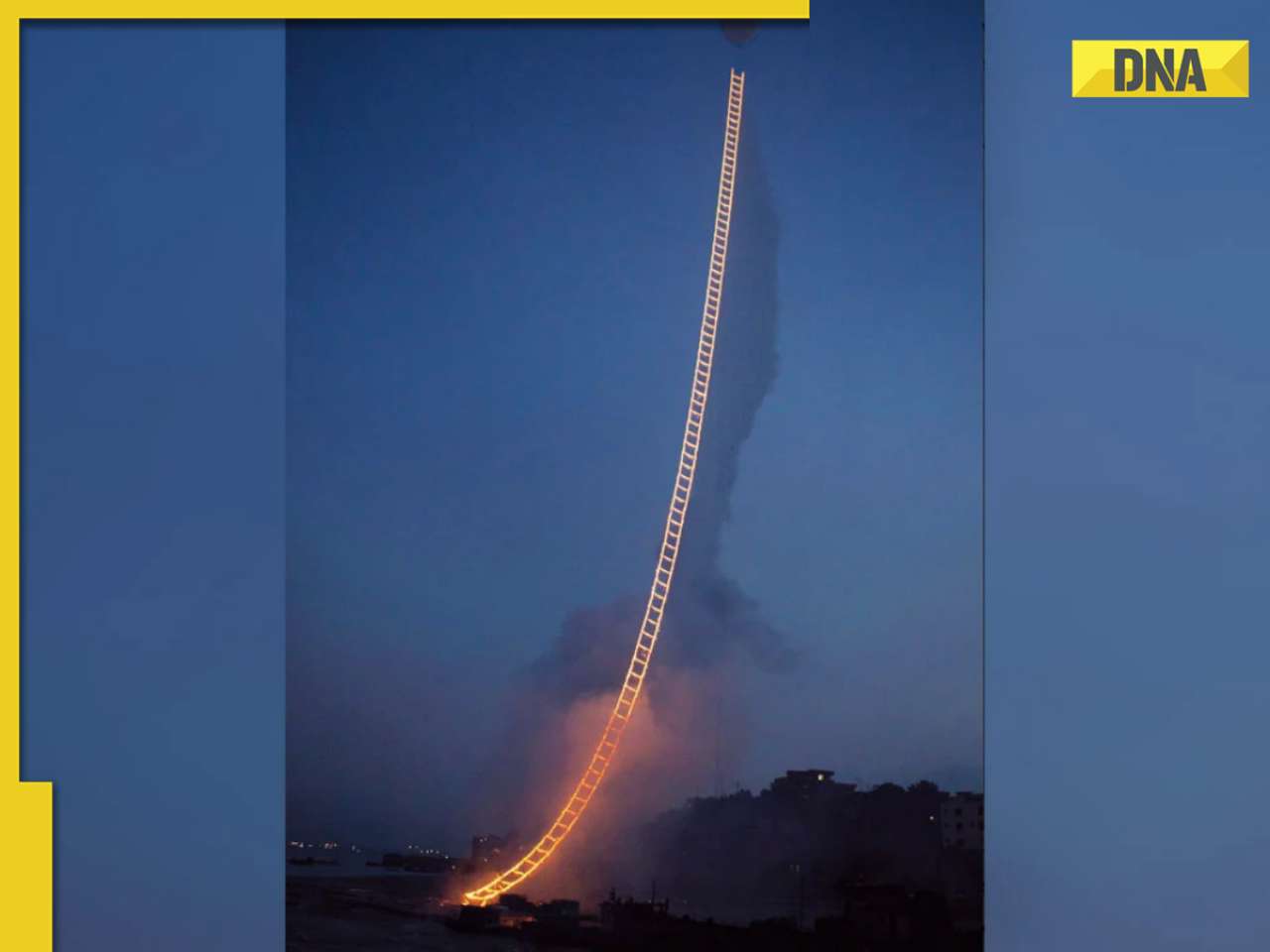




)






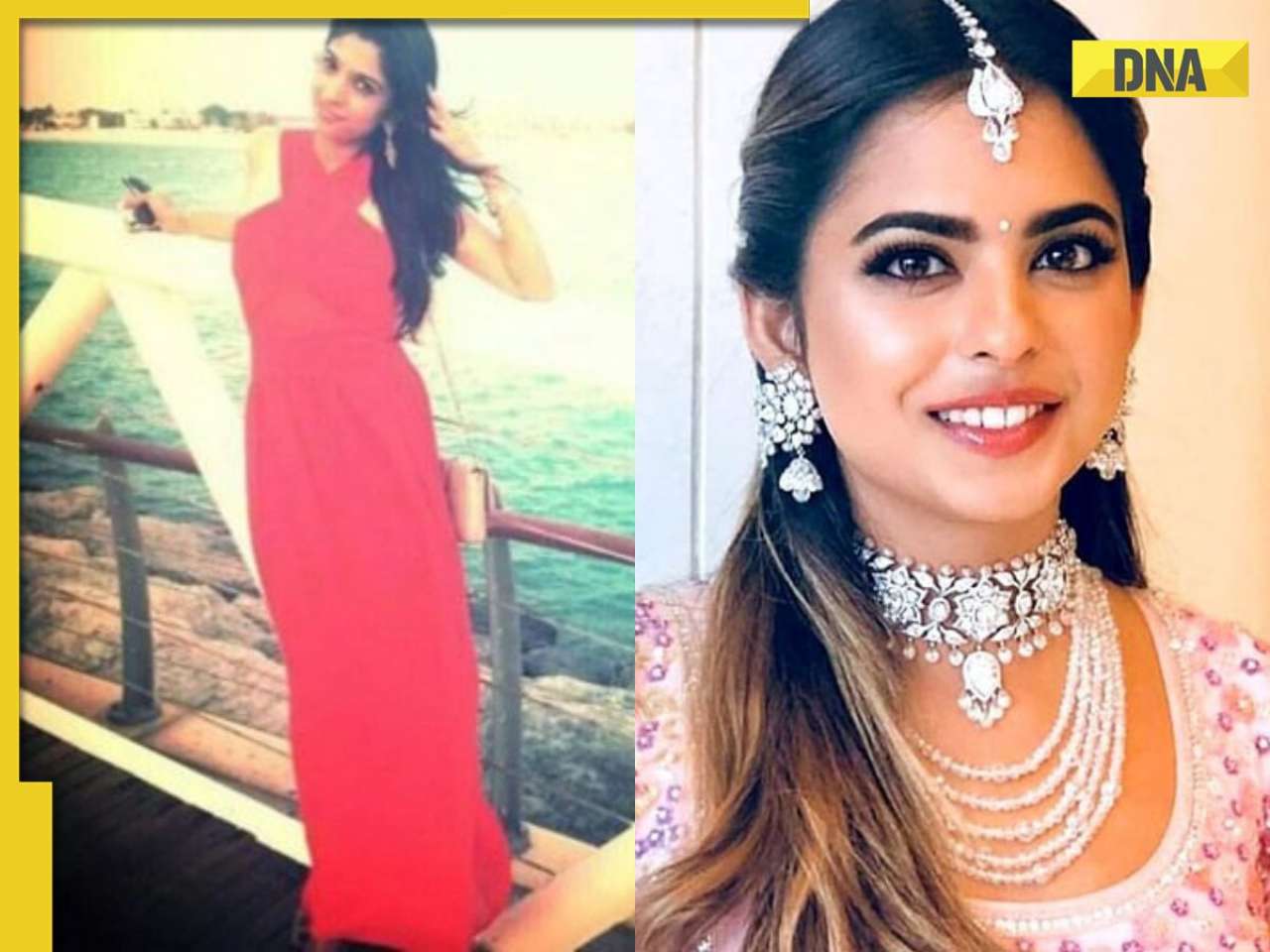
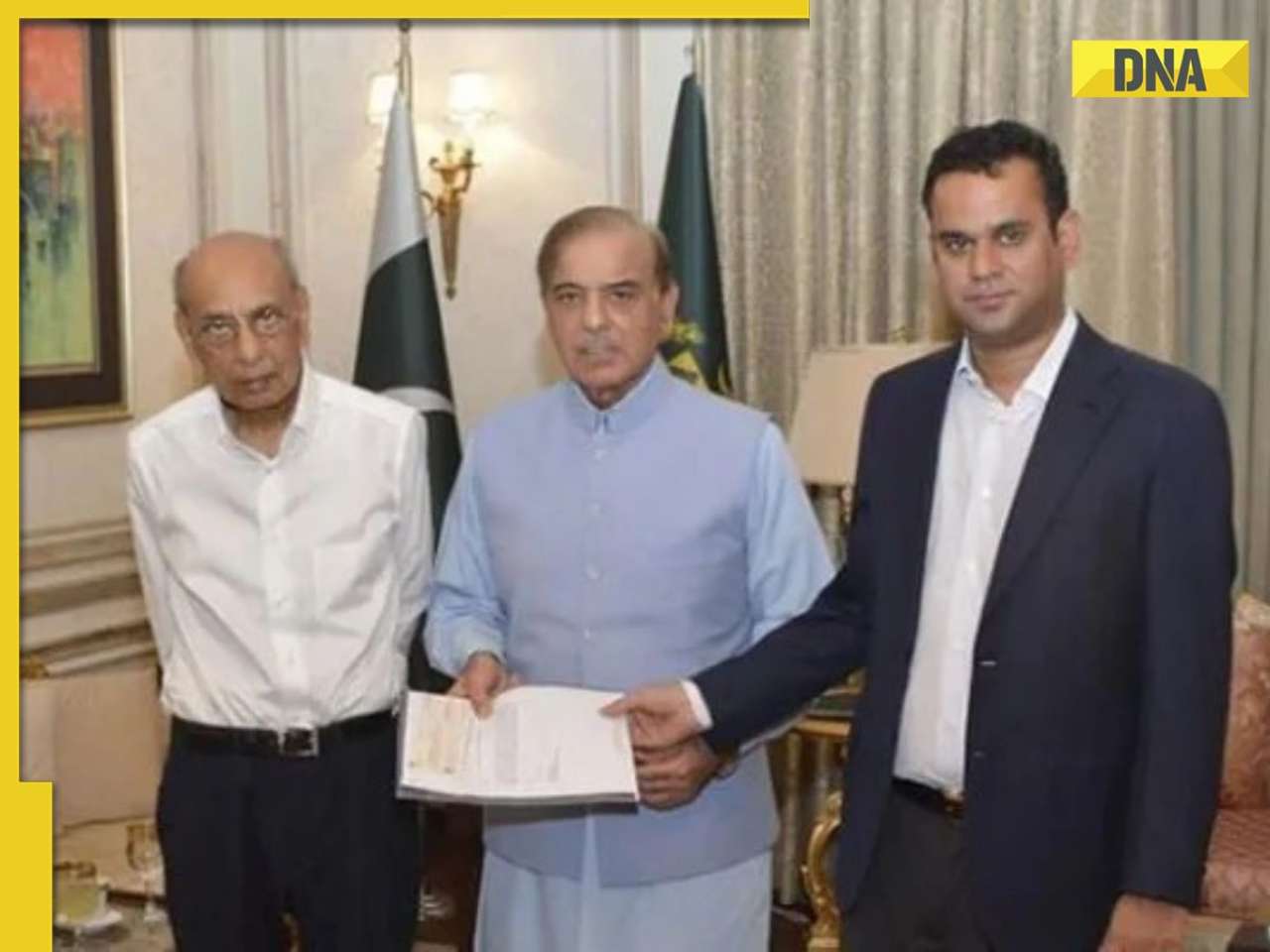
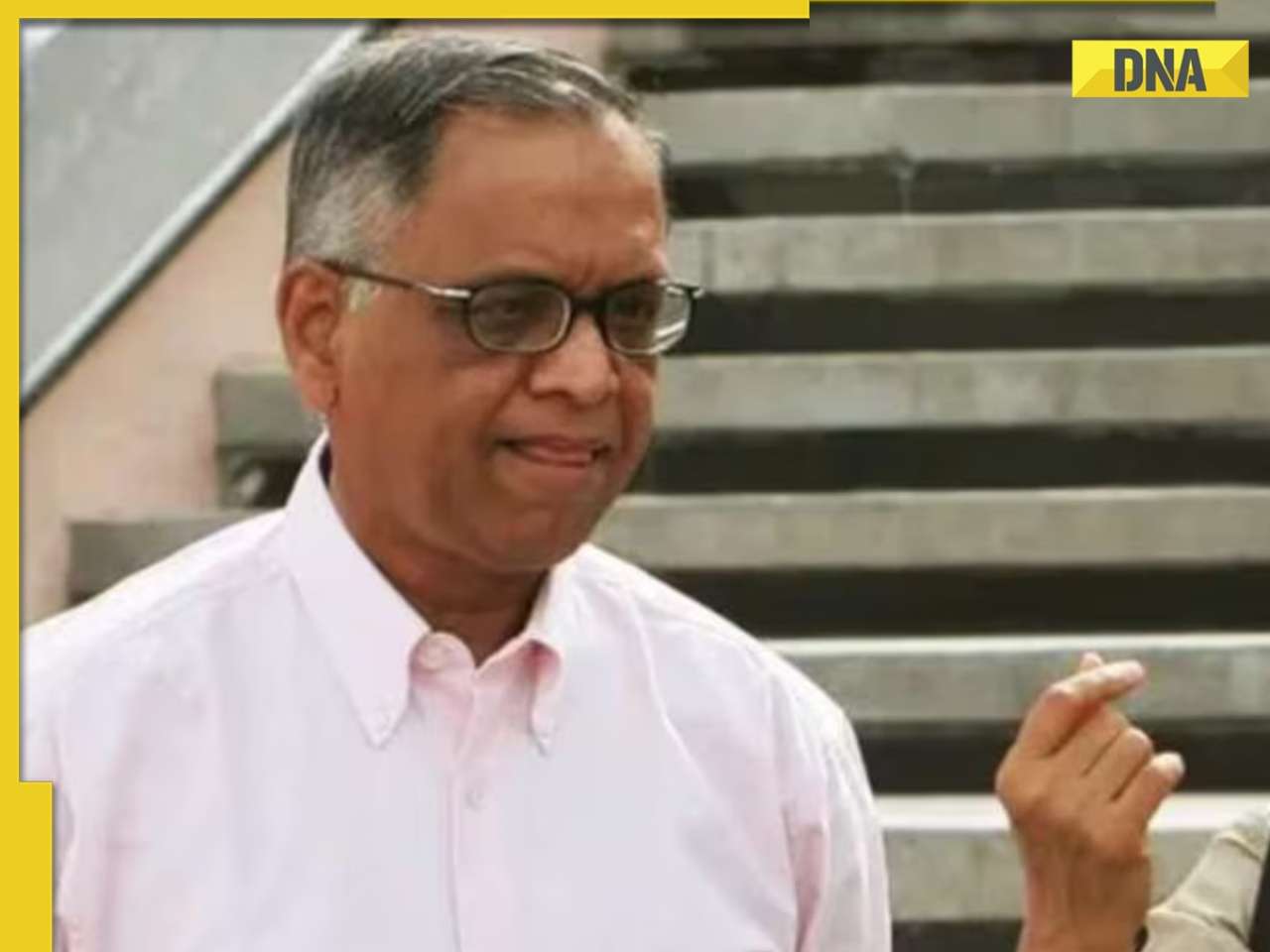



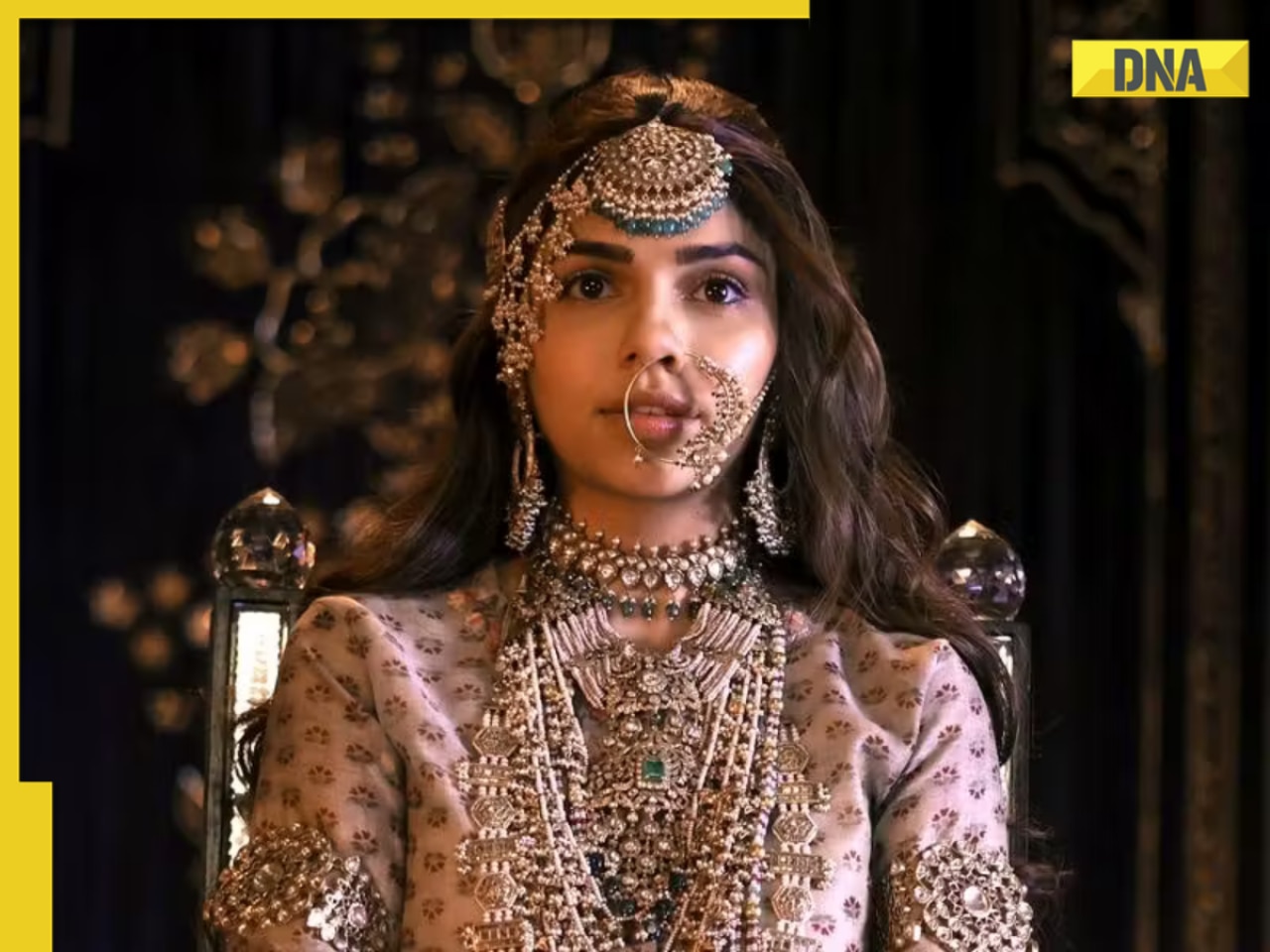
)
)




)
)
)
)
)
)